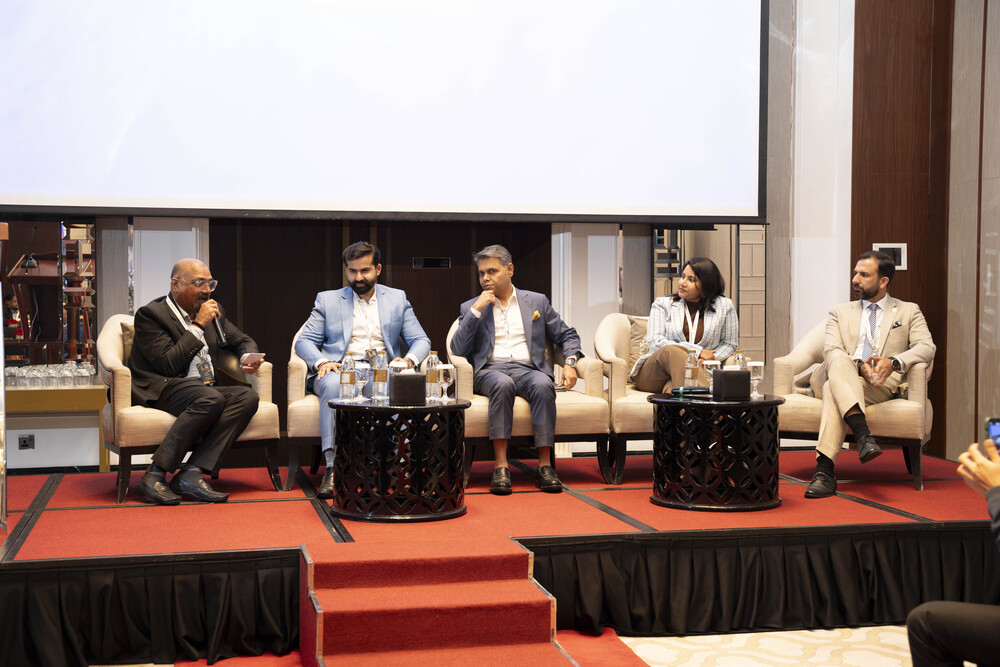Lutz Finger, director of data sciences and data engineering at LinkedIn, and San-Francisco based entrepreneur and co-founder of social and media monitoring platform Fisheye Analytics – which was acquired by WPP’s research unit, Kantar, in December 2013 – has earned a name for himself in the small big data circles; which is why his recently released book Ask, Measure, Learn, co- authored with academic and co-founder of Fisheye Analytics, Soumitra Dutta, addressing overselling big data advocates and unsuspecting marketing managers who bought into their hype, should serve well, in theory as much as in practice. “Big data doesn’t mean anything if you haven’t formulated your questions correctly. It’s actually small data you want. If you’re in PR and press, you’ll want to measure how information is spreading, predict a movement and pick up on trends and crisis indicators. In marketing, you’ll want to understand purchase behavior and intent,” explains Finger.
Answers for such perfectly sensible ‘questions’ tend to get lost in the deluge of measurable, yet unnecessarily measured, data, he says. Prompted by the onset of online commerce and social media, the entry of data into the marketing arena is compared in the book to the US gold rush in the mid 1800s, which eventually spawned a legit gold industry, trade commerce and infrastructure. But, it is yet to strike gold or even match the financial industry’s older and wiser investments in big data analytics for high-speed stock trading; partly because the marketing industry lacks vision and clarity on realistic outcomes and costs, ROIs, indicative metrics and clear-cut objectives of social media data analysis. In this regard, Ask, Measure, Learn disputes a few presets around social media. For one, it’s not cheap, averaging approximately $210,000 per year – putting things in perspective, the book mentions that the average cost of a Facebook ad has increased by 62 percent in half a year, while the first TV ad in 1941 stood at $9. For two, it’s not fast, with Twitter updates’ eight billion words per day – more than twice the number of words produced by The New York Times in the last century – slowing down brands’ efforts to cut through the clutter.
Social media numbers are greatly misunderstood, measured by metrics that are hard to identify in the first place, asserts Finger, adding that, on average, bots account for more than 50 percent of the traffic and, for most of the engagement, within the first ten minutes on websites and social platforms – facts that should, ideally, have many brands and their managers reconsider key performance indicators for their social media properties. For Twitter alone, the book explains, a multitude of platforms measures reach, such as Twinangulate for combined reach; Klout for true reach; Twitanalyzer for effective and potential reach; and, Peer Index for audience reach, among others.
And even if marketers were to adopt a definitive definition per metric, they would still have a hard time determining its indicative power, the book adds. For instance, reach does not equal aware- ness, much like awareness does not equal sales intent. In this regard, the “whole ROI discussion on social media only works in specific cases, with sales being the ultimate measure to pinpoint re- turn,” says Finger. When Ford Motor Company lent early models of its Fiesta subcompact car to 100 ‘social media influencers’, YouTube videos related to the model’s launch campaign generated 6.5 million views, and Ford received more than 50,000 requests for information and 10,000 units were sold on the day the car was released. “However, it will be difficult to bring proof that those initial car sales are attributed to social marketing buzz,” reveals the book. Likewise, sales return on Virgin Atlantic’s $9.7 million “Is that Linda?” multi-media campaign – where consumers were asked to guess where Linda, an imaginary flight attendant, was flying, for a chance to win tickets – which generated 15,449 sweepstakes and got 8,282 new likes for the airline, is equally hard to gauge. “Was Linda worth it?,” the book asks.
If only for the time and efforts they invest into engaging with brands, consumers also expect ROIs, as their needs to get discounts and make purchases through social media platforms are still overlooked by marketers’ one-way, self-indulging communication. That is partly because brands are yet to understand the online behavior of consumers – a term that is subject to debate, as the book argues: “If you’re not paying for something, you’re not the consumer, you’re the product being sold.” In this respect, “the apparent master of current social and behavioral targeting – Facebook – appears to still be worse off than the current best-in-class advertiser”, with Google AdWords – which streams ads based on user search terms – still offering 10 times higher click-through rates than Facebook, the book argues.
And, while the predictive and targeting capabilities of social media seem limitless, “in the near future, we will not have the algorithm that tells us the right marketing message to write. Branding will always need a high level of creativity with the right tone”. Naturally, brands will also need to ask, measure and learn.





